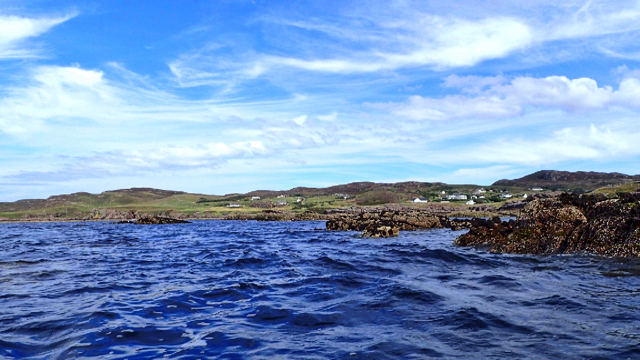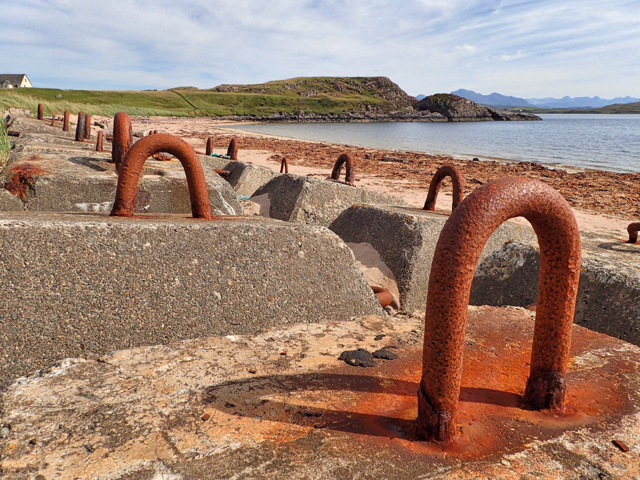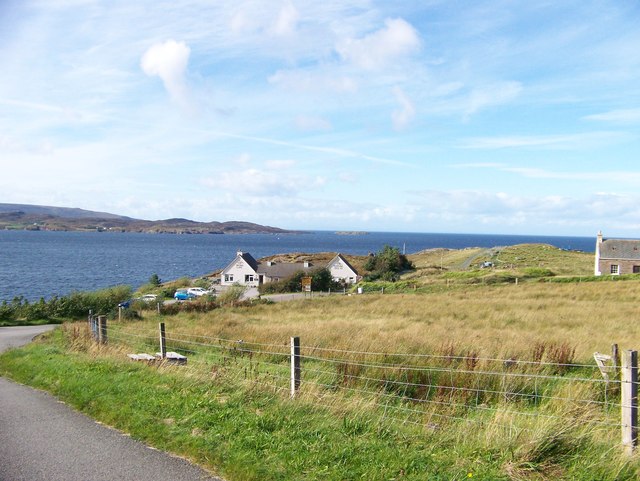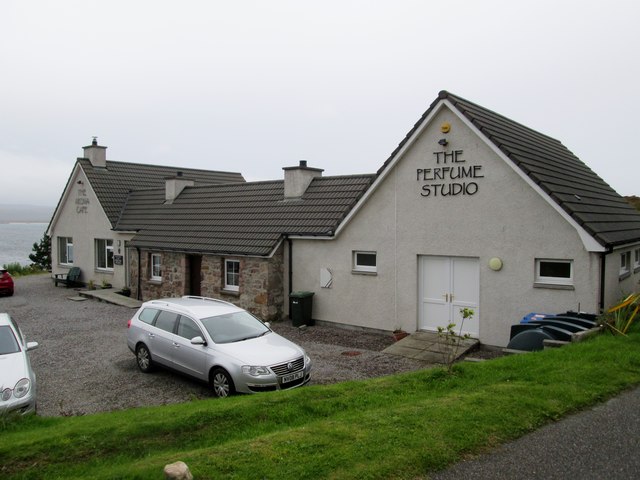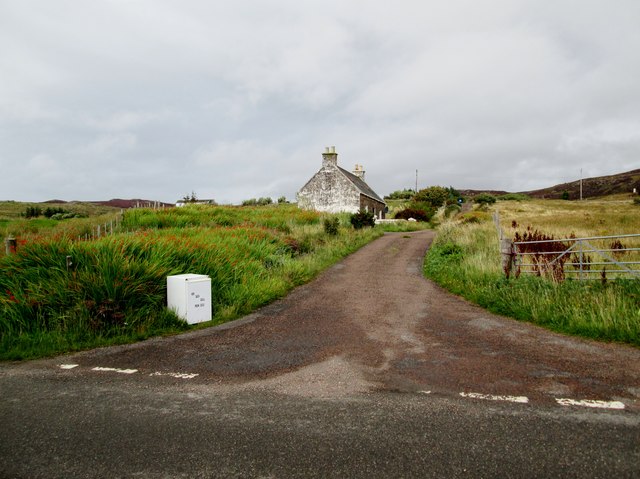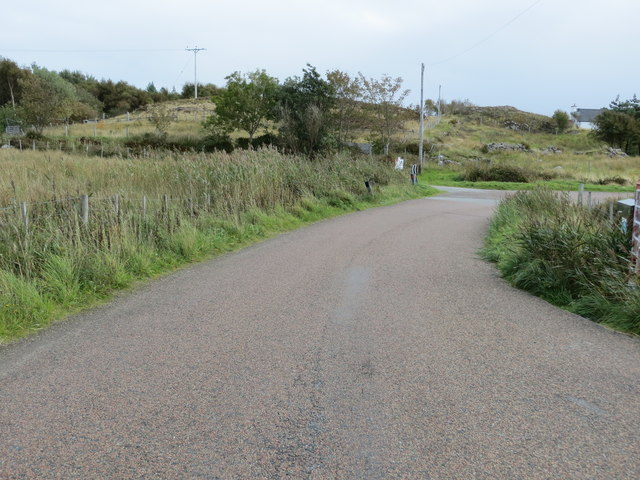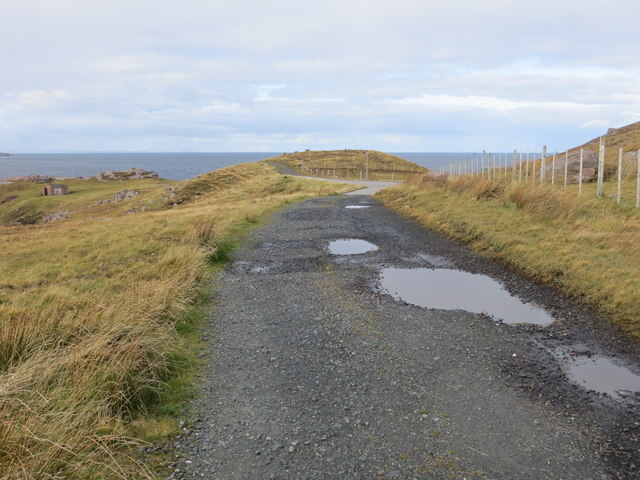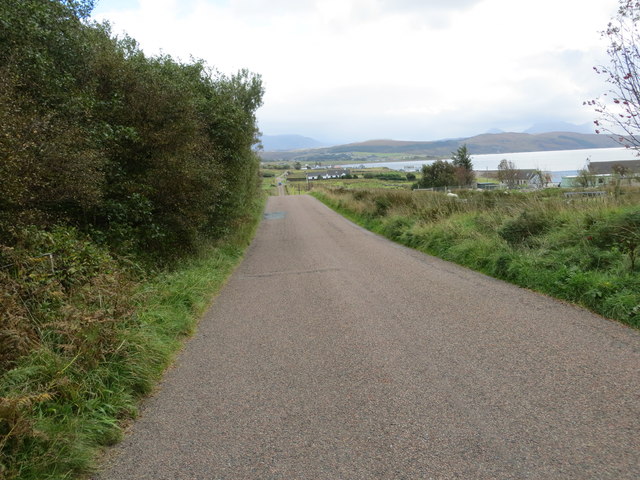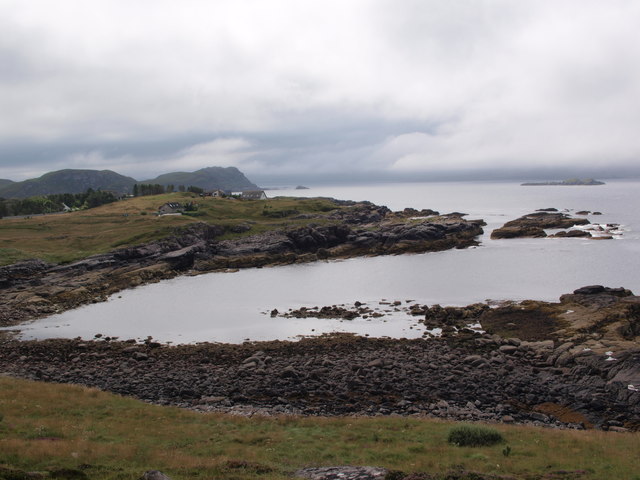Geodhachan Bàna
Coastal Feature, Headland, Point in Ross-shire
Scotland
Geodhachan Bàna
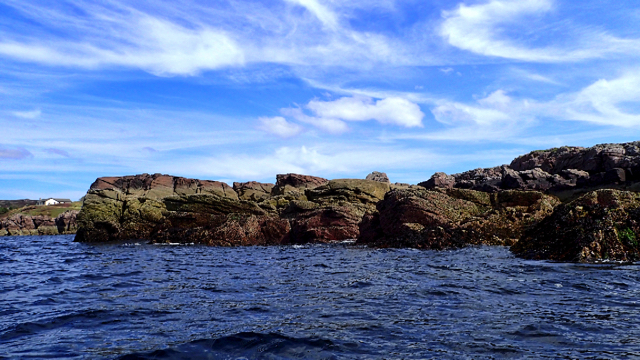
Geodhachan Bàna is a prominent coastal feature located in Ross-shire, Scotland. It is classified as a headland or point due to its geographical characteristics. The name "Geodhachan Bàna" is derived from Scottish Gaelic, with "geodhachan" meaning small bay and "bàna" referring to the color white, which indicates the presence of white sand or cliffs in the area.
This headland is positioned along the coastline, jutting out into the Atlantic Ocean. It offers breathtaking views of the surrounding landscape and is known for its rugged beauty. Geodhachan Bàna is characterized by sheer cliffs, which soar above the crashing waves below. These cliffs are composed of sedimentary rocks, such as sandstone and limestone, which have been shaped by erosion over millions of years.
The headland is also home to a diverse range of flora and fauna. The exposed cliffs provide nesting sites for various seabirds, including guillemots, kittiwakes, and puffins. It is not uncommon to spot seals basking on the rocks or dolphins and porpoises swimming in the nearby waters.
Geodhachan Bàna is a popular destination for nature enthusiasts, hikers, and photographers. The dramatic coastal scenery and the opportunity to observe wildlife in its natural habitat attract visitors from near and far. Additionally, the headland offers several walking trails that allow visitors to explore the area and enjoy the stunning views.
Overall, Geodhachan Bàna is a remarkable coastal feature that showcases the raw beauty of Scotland's coastline. Its rugged cliffs, diverse wildlife, and picturesque surroundings make it a must-visit destination for anyone seeking to immerse themselves in the natural wonders of Ross-shire.
If you have any feedback on the listing, please let us know in the comments section below.
Geodhachan Bàna Images
Images are sourced within 2km of 57.864749/-5.6429311 or Grid Reference NG8491. Thanks to Geograph Open Source API. All images are credited.
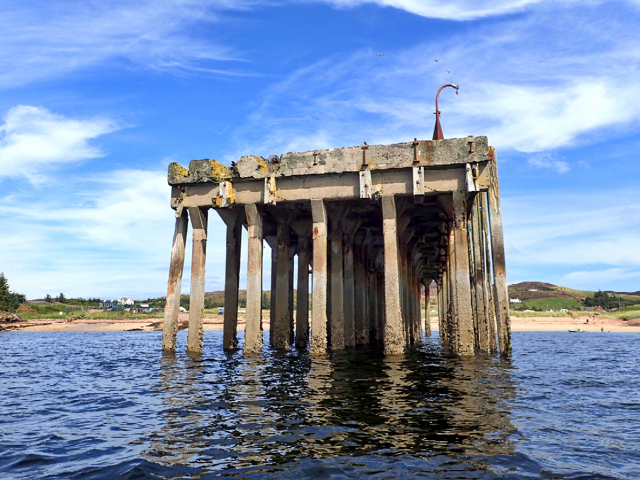

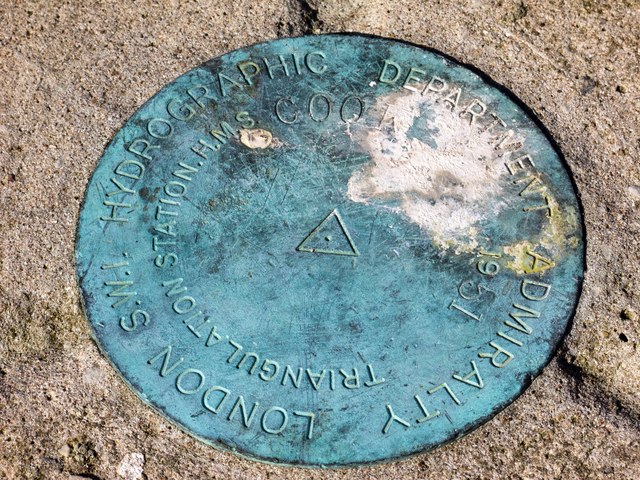
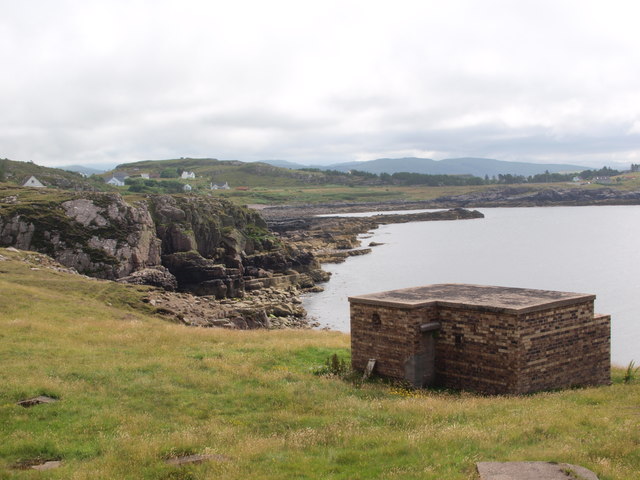
Geodhachan Bàna is located at Grid Ref: NG8491 (Lat: 57.864749, Lng: -5.6429311)
Unitary Authority: Highland
Police Authority: Highlands and Islands
What 3 Words
///storming.unionists.informs. Near Gairloch, Highland
Nearby Locations
Related Wikis
Mellon Charles
Mellon Charles (Scottish Gaelic: Meallan Theàrlaich) is a remote crofting village on the north east shore of Loch Ewe near Gairloch in Wester Ross, in...
Ormiscaig
Ormiscaig (Scottish Gaelic: Ormasgaig) is a remote crofting village on the north east shore of Loch Ewe in Achnasheen, Ross-shire, Scottish Highlands and...
Loch Ewe
Loch Ewe (Scottish Gaelic: Loch Iùbh) is a sea loch in the region of Wester Ross in the Northwest Highlands of Scotland. The shores are inhabited by a...
Isle of Ewe
The Isle of Ewe (Scottish Gaelic: Eilean Iùbh) is a small Scottish island on the west coast of Ross and Cromarty. The island is inhabited by a single family...
Nearby Amenities
Located within 500m of 57.864749,-5.6429311Have you been to Geodhachan Bàna?
Leave your review of Geodhachan Bàna below (or comments, questions and feedback).
